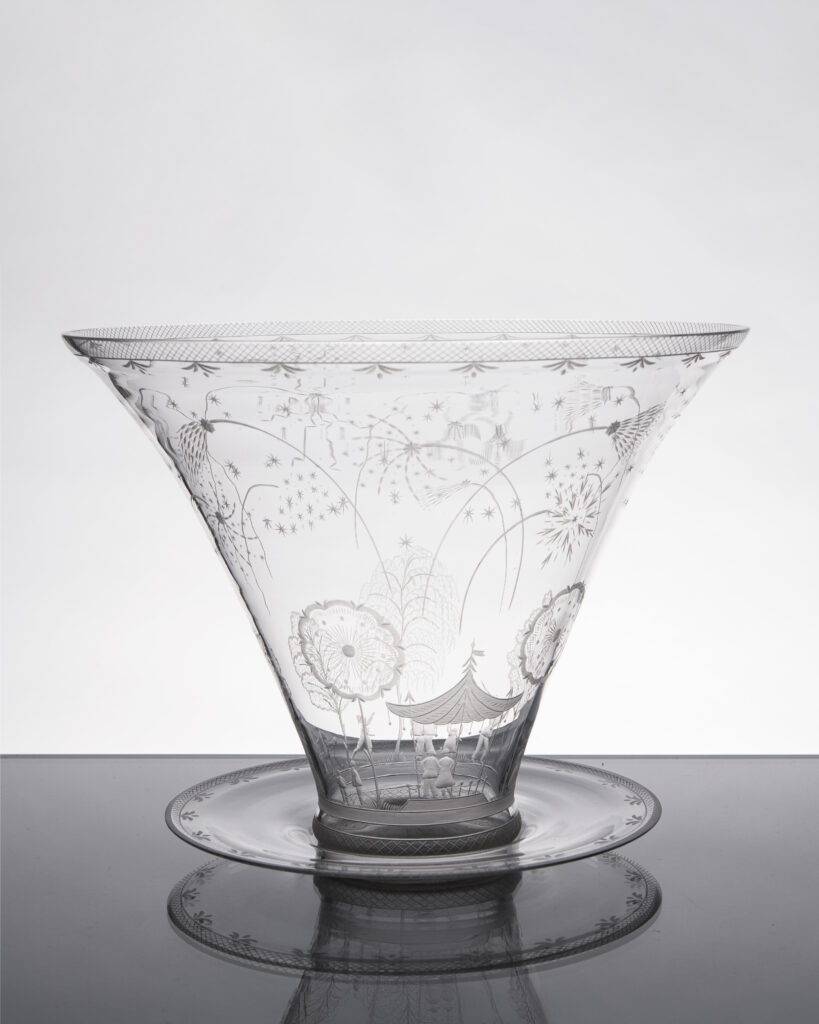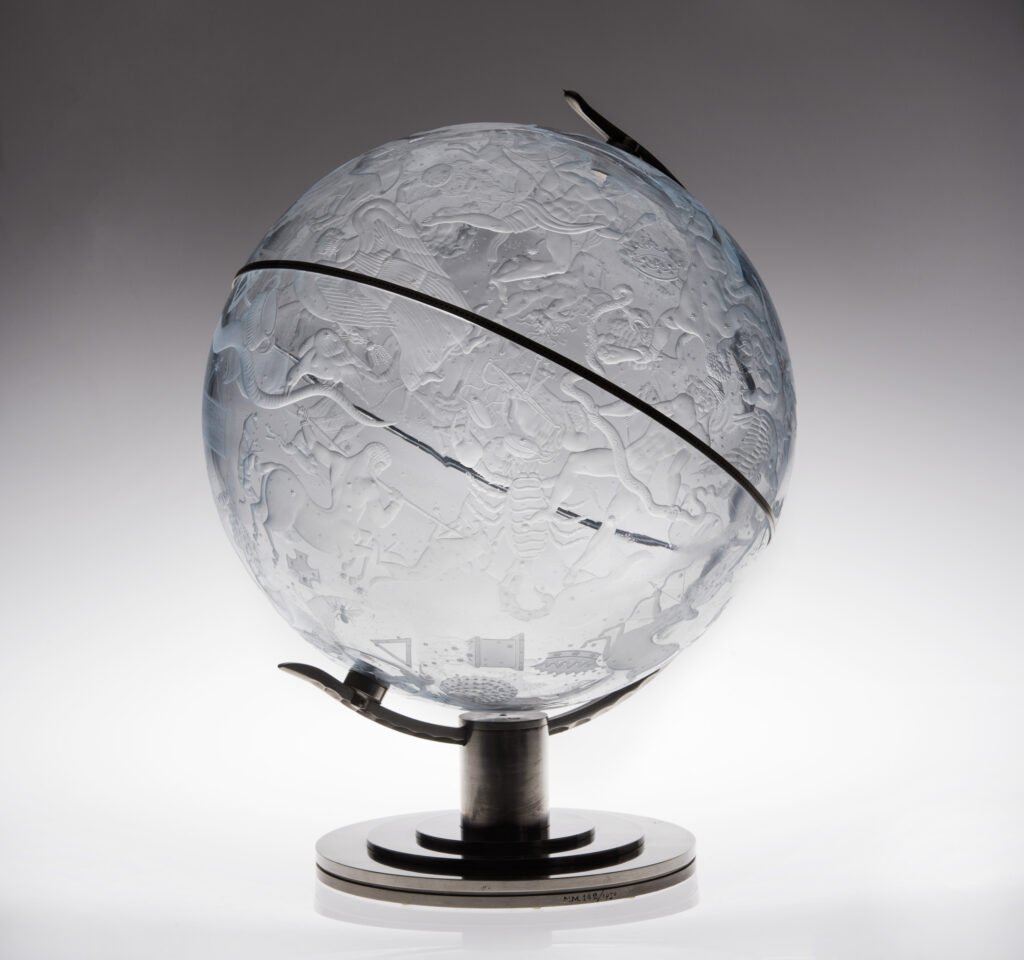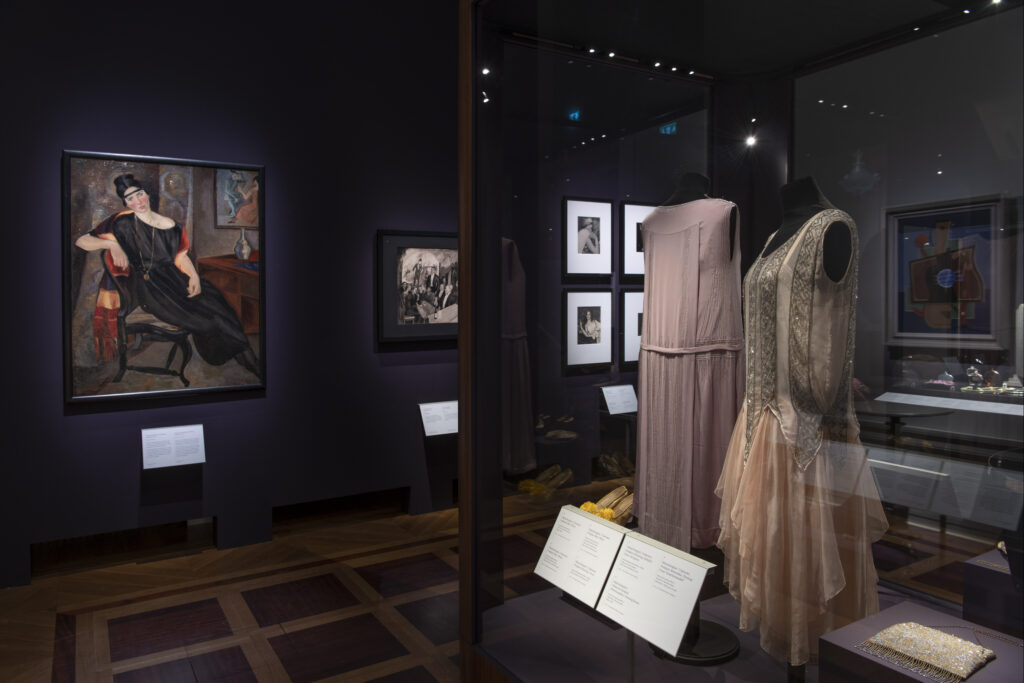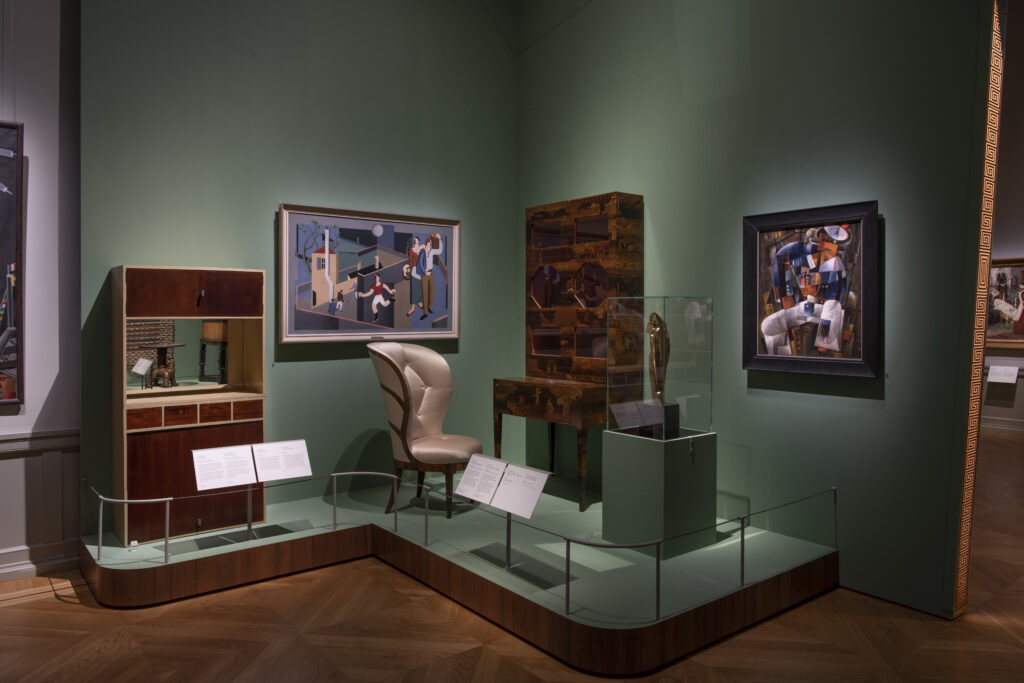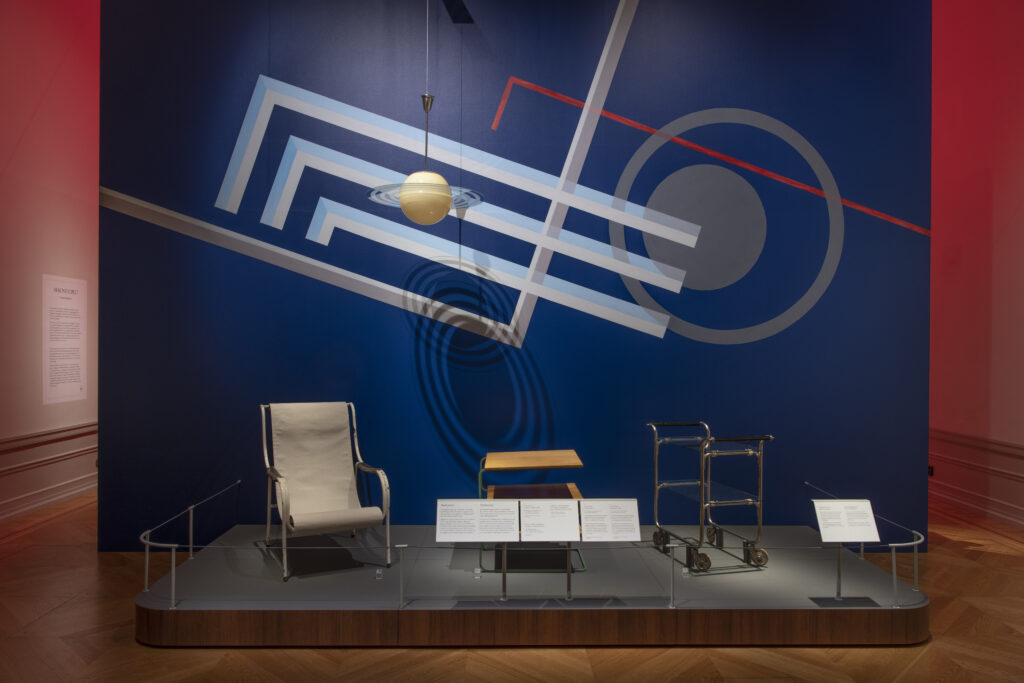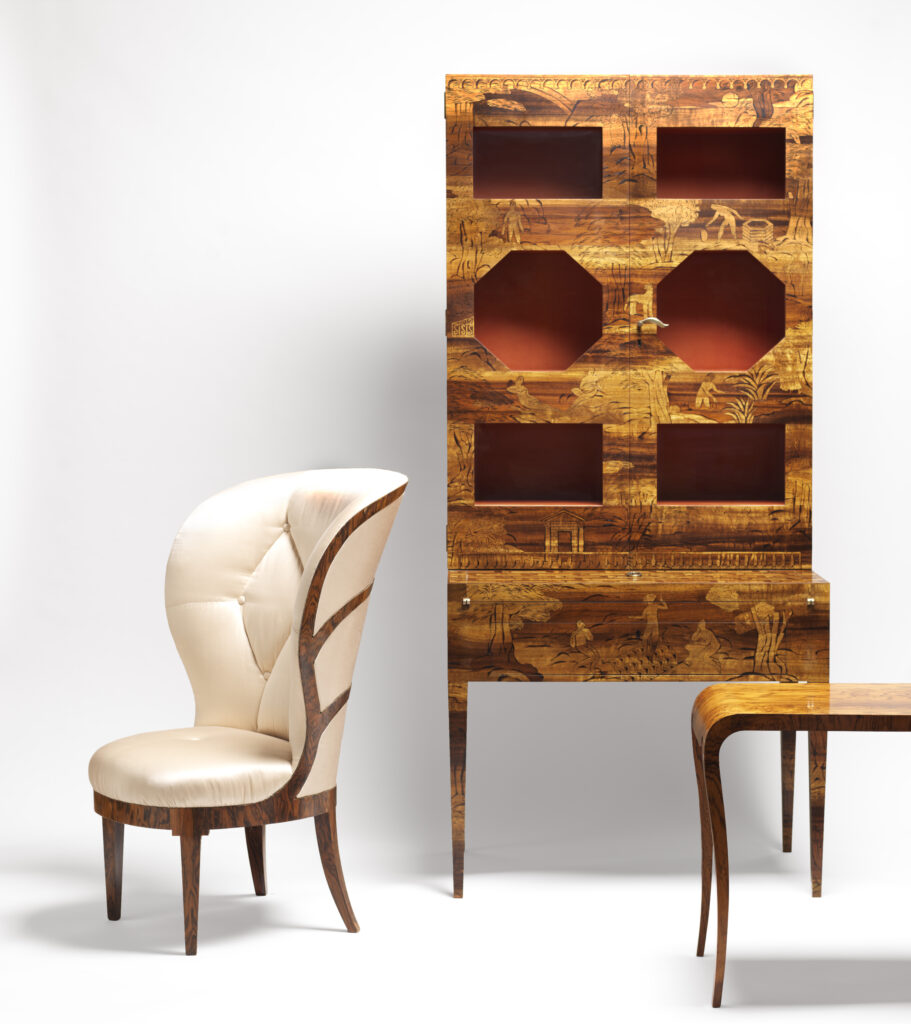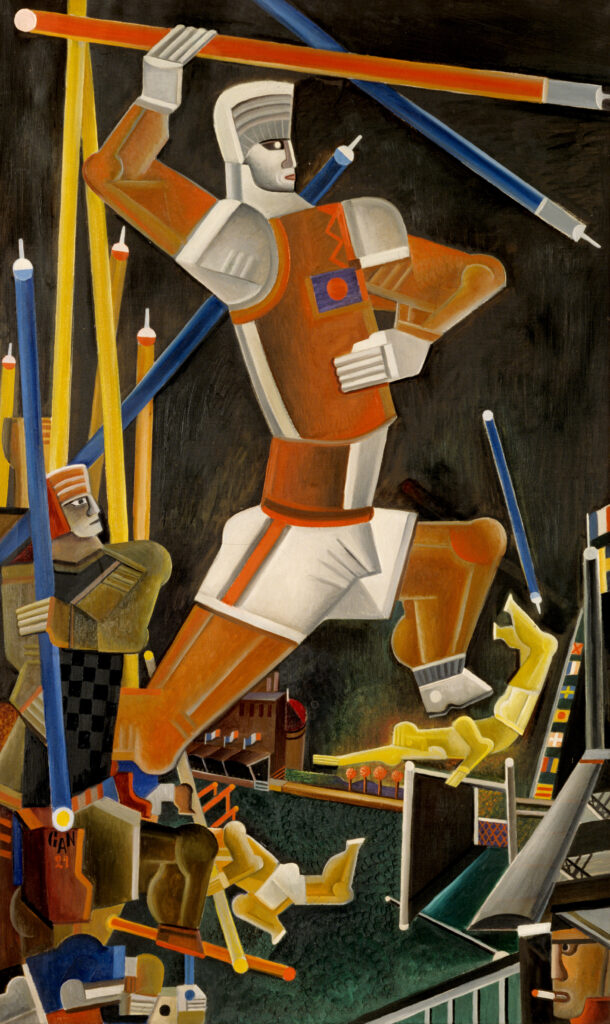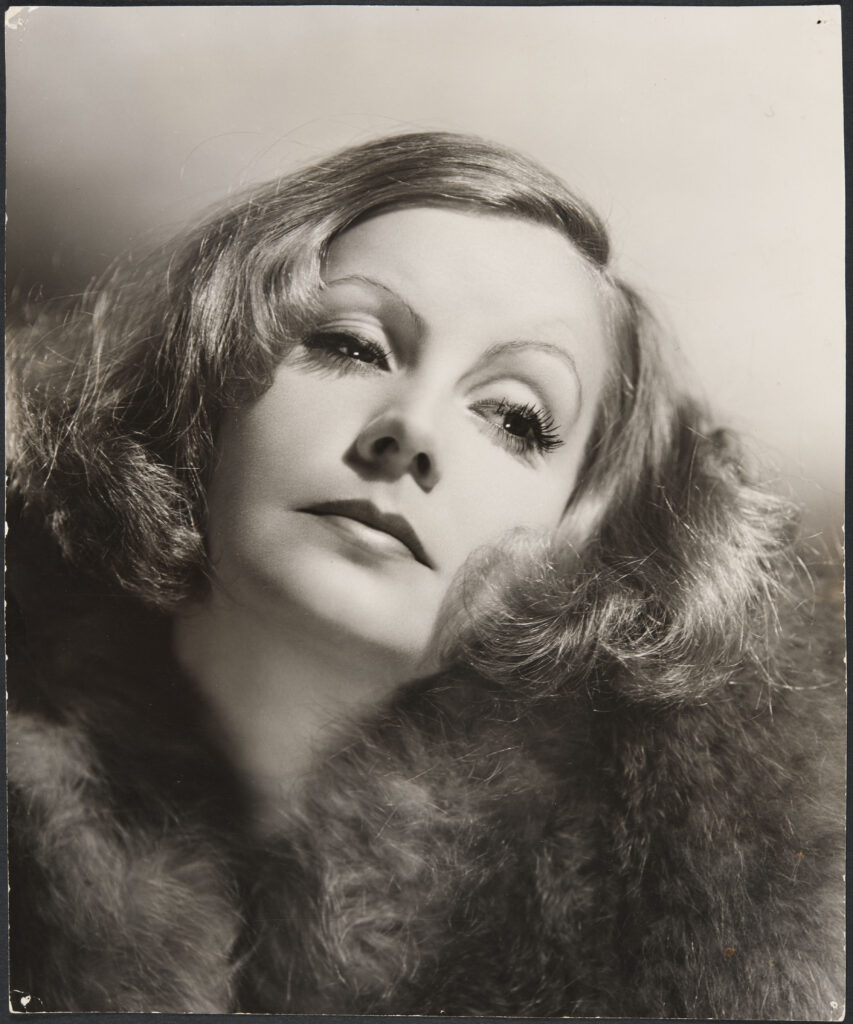
No wonder Greta Garbo’s portrait was selected as the cover image of the blockbuster Exhibition, ‘Swedish Grace: Art and Design in 1920s Sweden’ at the Nationalmuseum in Stockholm. Why? Because this show comes to glamorize the arts of Sweden in the same era which celebrated Garbo as one of the finest, most successful movie stars of the Golden Age of Hollywood. Garbo, born Greta Gustafsson was a Swedish cultural icon, the face of Stockholm in the world, known for her melancholic persona and look. Furthermore, Garbo represents the changes that the 20s brought for women in Sweden when they gained the right to vote, were permitted to work in senior government positions, but they wore short skirts and danced to jazz music. Yes. In America it was called the Jazz Age, and this important exhibition manages to capture the essence of that era and to demonstrate that Sweden did not remain in the background when it came to style and the visual arts. Sweden particiated in the making of design of the zeitgeiste. It was extremely valuable to have learned about Swedish design during one of my favorite decades, between the Wars, as I fell in love with Swedish decorative arts, particularly with glass and textiles.
The 20s was a decade of transitions from traditionalism to modernism, from crafts to the Machine Age, from old values to innovative ideals. Design was influenced by the new interest in antiquity and the hope for a better future. It happened in Germany; it happened in France, in the US; it happened in Sweden, too. The exhibition, which consists of a wide array of artistic spectrums – paintings, photography, sculpture, design, fashion, jewelry – presents this tension and places the Swedish story in an international context. It is the glamorous time just before the Great Depression in the US and the Ivar Kreuger’s financial crisis in Sweden. This conflict between traditionalism and modernism is well expressed in furniture with inlaid, exotic expensive woods, neoclassical ceramics, engraved glass, richly decorated tapestries, handcrafted jewelry, while the forms gradually became simpler, just moments before everything turned modernist. Traditionalists still wanted to be loyal to the local expression which had emerged in the early years of the century, and they created the ‘Swedish Grace.’ But as they moved to the 30s, there was a great interest in participating in the international modern movement, with a desire to break with history and with any trace of locality. This evolution was evident in all artistic expressions from paintings to cinema to dance to photography.
We learn that the term ‘Swedish Grace’ was coined by Philip Morton Shand, the British architecture critic, when describing what he saw at the 1930 Stockholm Exhibition. In fact, the three events that stand at the core of this show are World’s Fairs where Sweden participated – 1923 in Gothenburg (The Gothenburg Tercentennial Jubilee Exposition), the International Exhibition of Modern Decorative and Industrial Arts, a World’s fair held in Paris in 1925, and the Stockholm Exhibtion held in 1930 in Stockholm, which had a great impace on the introduction of Modernism to Sweden. When looking at what the Swedes exhibited at those events, that evolution is apparent. It was particularly the 1925 Paris Exposition that marked a breakthrough for Swedish design. Visiting the exhibition confirmed that my favorite form from that period is glass—particularly the works of Simon Gate and Edward Hald for Orrefors. Love them. It is the type of show you see once in a lifetime and it took a great deal of effort to assemble. If you cannot make it to Stockholm to see it in person, I suggest that you buy the exhibition catalogue with includes articles on themes such as fashion, modern women, and Greta Garbo.

